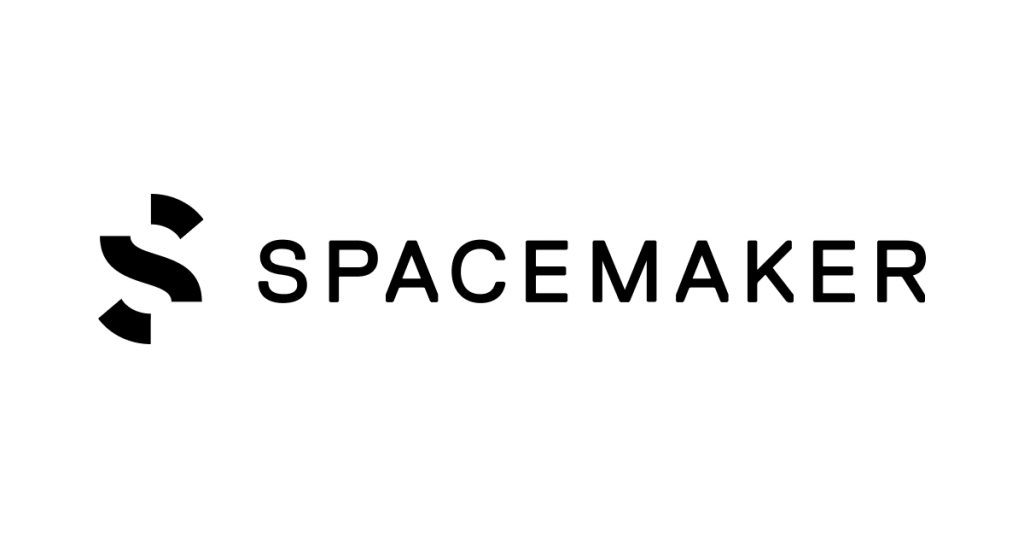Dries Buytaert and Tom Erickson journey to set up Acquia
Acquia enabled the Drupal-open source platform, on which one can build, run, as well, optimize sites. It is a software service firm set up by Dries Buytaert and J. Batson. The founder established the platform considering providing enterprise products, and services. Also, to provide technical support especially to Drupal. Currently, Michael Sullivan is serving as the CEO of the firm. Acquia, set up in 2007 has marked the name as the fastest-growing private tech firm of North America by 2013. As well, it was among the DELOITTE’s fastest 500 in 2014.
About Acquia
It is one of the leading software firms that enabled the best Drupal platform. In 2007, Dries set up the firm with his partner. Currently, it is providing miscellaneous software service. Also, it is helping some of the world’s leading brands succeed, including Twitter, Mercedes Benz, Warner Music Group, and Stanford University. More than 4,000 organizations are using Acquia’s solutions for content, community, and commerce.
Glimpse to founders Life- Dries Buytaert
He attended Ghent University, Belgium to study computer science. Earlier, Dries worked as Linux-WLAN FAQ maintainer from 1999 to 2000. Presently, he is a well-known software programmer, who is recognized as one of the lead developers of the Drupal content administration platform.
The Backstory of Acquia Foundation
As a well-experienced software programmer, he always wanted to develop a feasible platform for Drupal. With his partner Jay Batson, the idea came into reality after setting up Acquia in December 2007. A software company that enabled products and services as well, technical support for Drupal. As Red hat is important for Linux similarly, Acquia is for Drupal. In a short duration, the firm assists to re-launch Whitehouse.gov on Drupal in 2009.
Dries Buytaert’s other contributions
Apart from being a co-founder, he served as a CTO of the company. In 2008, he launched a service called Mollom. It is especially for stopping website spams. So that sites can keep clean as well, content quality will maintain high. Nowadays, this service is a spam filter as well, a CAPTCHA server.
Awards and Recognition
BusinessWeek selected him as a Young Entrepreneurs of Tech in 2008. Also, Dries named as one of the top 35 innovators under the age of 35, worldwide by MIT Technology Review TR35.
Tom Erickson- Former CEO
He is a founding director of the company, who worked with co-founders to develop the company’s open-source commercialization model. Also, he assisted to recruit the early team members during 2008. In 2009, he joined Acquia as CEO. Before that, he served as a Chief product officer, managing the sale of Tele Atlas to TomTom. During his tenure as a CEO, he guided the firm to exponential growth depends on the fanatical commitment to the customers. At Acquia, he leads the unique blending of open source, enterprise software, and digital agency.
Personal life
He attended the University of Wisconsin, Madison for studying electrical and computer engineering. After that, he began a career in the technical field. Tom worked in many countries including England, Australia, and France, where he spent almost 14 years of his career. Apart from Acquia, he also was the Systinet’s CEO.
Michael Sullivan- Present CEO
He succeeded T. Erickson and became the Chief Executive Officer of a firm in 2017. Also, he is SVP and General Manager, SaaS and Information Management at Micro Focus. Michael also worked as a VP & General Manager, HP Software, Autonomy Protect at HP Autonomy. Furthermore, he is the founder and former President of Steelpoint technologies Inc. Sullivan attended Bentley University for his graduation. Currently, he is serving at Acquia. Under his guidance, the company continues the miscellaneous software products and services on the Drupal platform.
Awards and Recognition of Acquia
In 2012, Acquia was ranked 8 on the Inc. 500 list, 1st software company and 8th company in Boston. Also, Inc. Magazine named it in a 500 fastest-growing private companies list. It also names as fastest-growing private tech firm of North America by 2013. As well, it was among the DELOITTE’s fastest 500 in 2014. Apart from that, it has famous at the industry level after Gartner Magic Quadrant honored it as a Leader for Web Content Administration in 2014. Further, also honored as a Strong Performer in 2015 in Web Content Management.

Jayshri is an Electronics Engineer, but her passion towards writing made her to be in this field. Apart from content writing, she loves reading, writing and surfing on various topics. In her free time, she likes to watch TV series and news. Sherlock Holmes is her all time favorite show. Jayshri loves cooking various Indian-western dishes.







